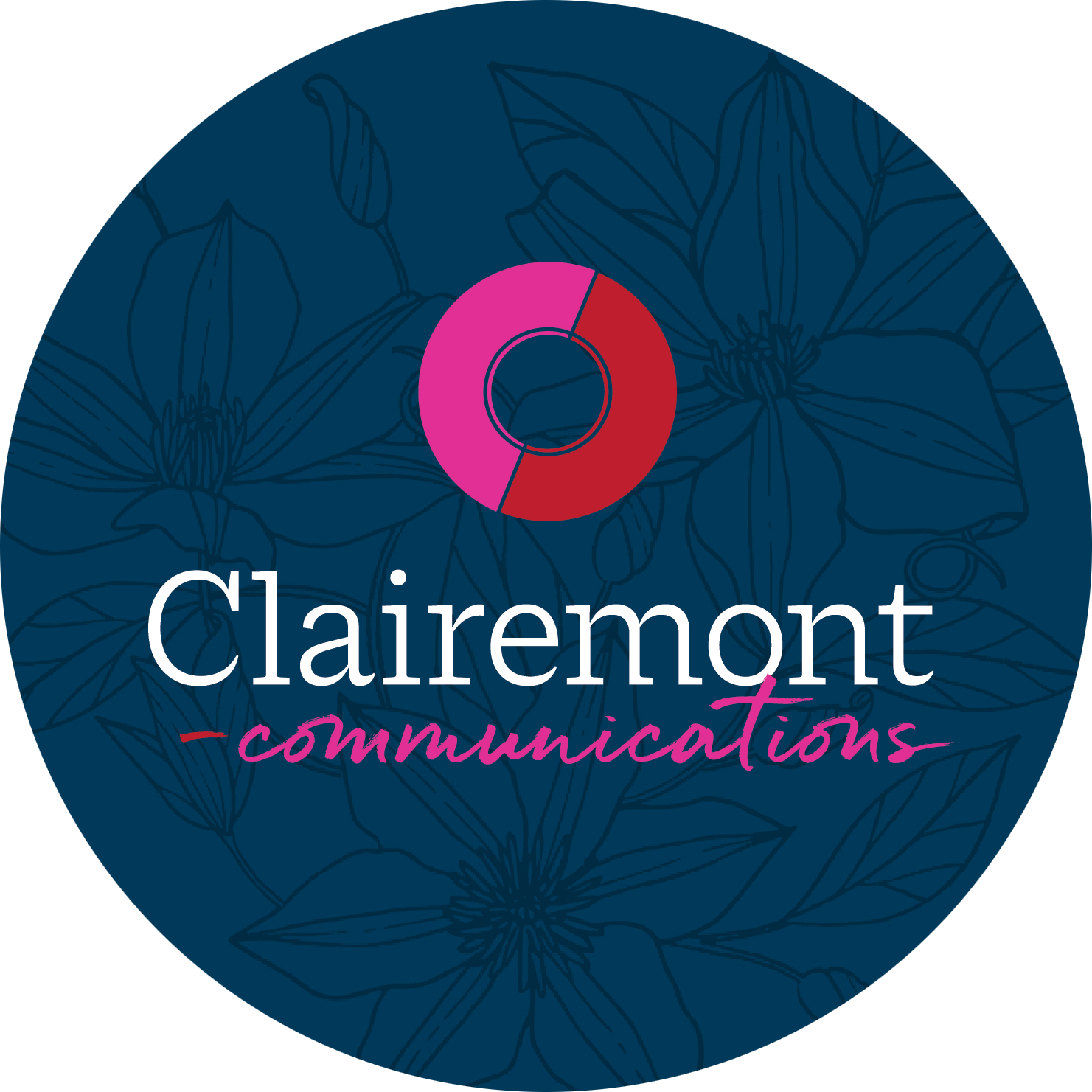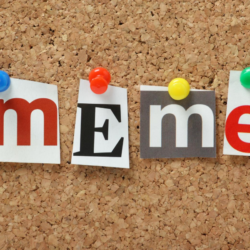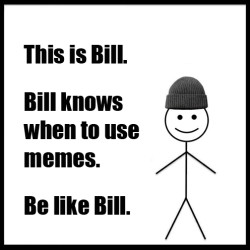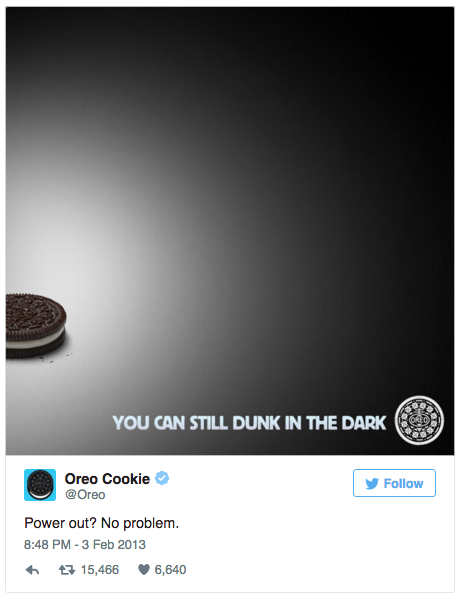A picture is worth a thousand words … but what about a meme?
To Bud Light, a meme is worth hiring a C-level employee. Recently Bud Light released a rather humorous call for applications on its website for a Chief Meme Officer (CMO).
“We at Bud Light have created the perfect hard seltzer. It’s five-times filtered, 100 calories, and comes in four delicious flavors. But we know a hard seltzer is only as good as its memes and, unfortunately, our memes are trash. We need someone who can change that for us; someone who can pull us out of the pits of cringe, someone who knows how to use the lasso thingy in Photoshop, someone like you. Please help us. Please.”
The remainder of the page sports downloadable brand assets, a brief job description and templates (in lieu of Photoshop). Even though it appears to be a part-time job at $5,000 per month, Bud Light is paving a smooth path for eligible applicants.
Memes: Social Media’s Darlings
While a meme traditionally consisted of an image paired with humorous or sarcastic text, it now includes a breadth of media types, from poems to remixed songs. Memes have a highly viral — albeit often short — lifespan, spreading like wildfire and yielding high engagement rates.
Why? Part of their efficacy might be due to social media’s algorithms. Many platforms, like Instagram and Facebook, give preference to visual media types and hence increase the visibility of memes.
However, the stronger pull stems from the content itself.
- Memes feel approachable. Rather than the highly produced feel of ads, memes exude an air of authenticity with their home-made aesthetic. This quality especially appeals to Gen Z-ers, who resist the photoshopped and filtered products of the millennials.
- Memes make the viewer feel “in the know.” Most memes riff off a cultural reference, ranging from a moment at the Oscars to an actor’s expression from a sitcom. Even though these are often widely known references, viewers feel privileged when they recognize the joke.
- Memes prompt interaction. Memes are relatable. “We’ve all been there.” “I totally feel that.” “Ugh! Yes!” People often see themselves in a well-done meme, prompting them to like and tag friends who will also find the content humorous. And we know what happens to social media’s algorithm when interaction increases. (Visibility skyrockets — begetting a cycle of interaction and visibility … you get the picture.)

- Memes serve as a coping mechanism. Research also reveals that memes can also have a psychological benefit, helping viewers process crisis, trauma or challenges through humor.

How to Create and Use the Magic
- Listen … socially. Memes are a product of social conversation, and in order to tap into a trend, you have to discover it first. Set up a system or leverage social listening tools (like Sprout, Meltwater, etc.) to spot a rising meme.
- Crowdsource the research. If two heads are better than one … fill up the room with researchers! Set up a team by channel or topic to watch trends, brainstorm ideas and pitch ideas for incorporating memes into your content.
- Stay on brand. This harkens back to the golden rule of marketing — knowing your audience’s demographic, psychographic and engagement patterns. Ensure that memes will resonate with your audience. (For example, a “Cheers” meme may not hit home with Gen Z generation.)
- Act fast and use wisely. Memes are a flash in the pan. Don’t wait weeks — or even days — to vet and tinker. Conversely, use memes sparingly, like spice in cooking, and allow room for your brand’s original posts and engagement drivers.
We love a good meme. And as much as we love sharing them, we love creating them even more.
How can we help you boost your social media strategy?




